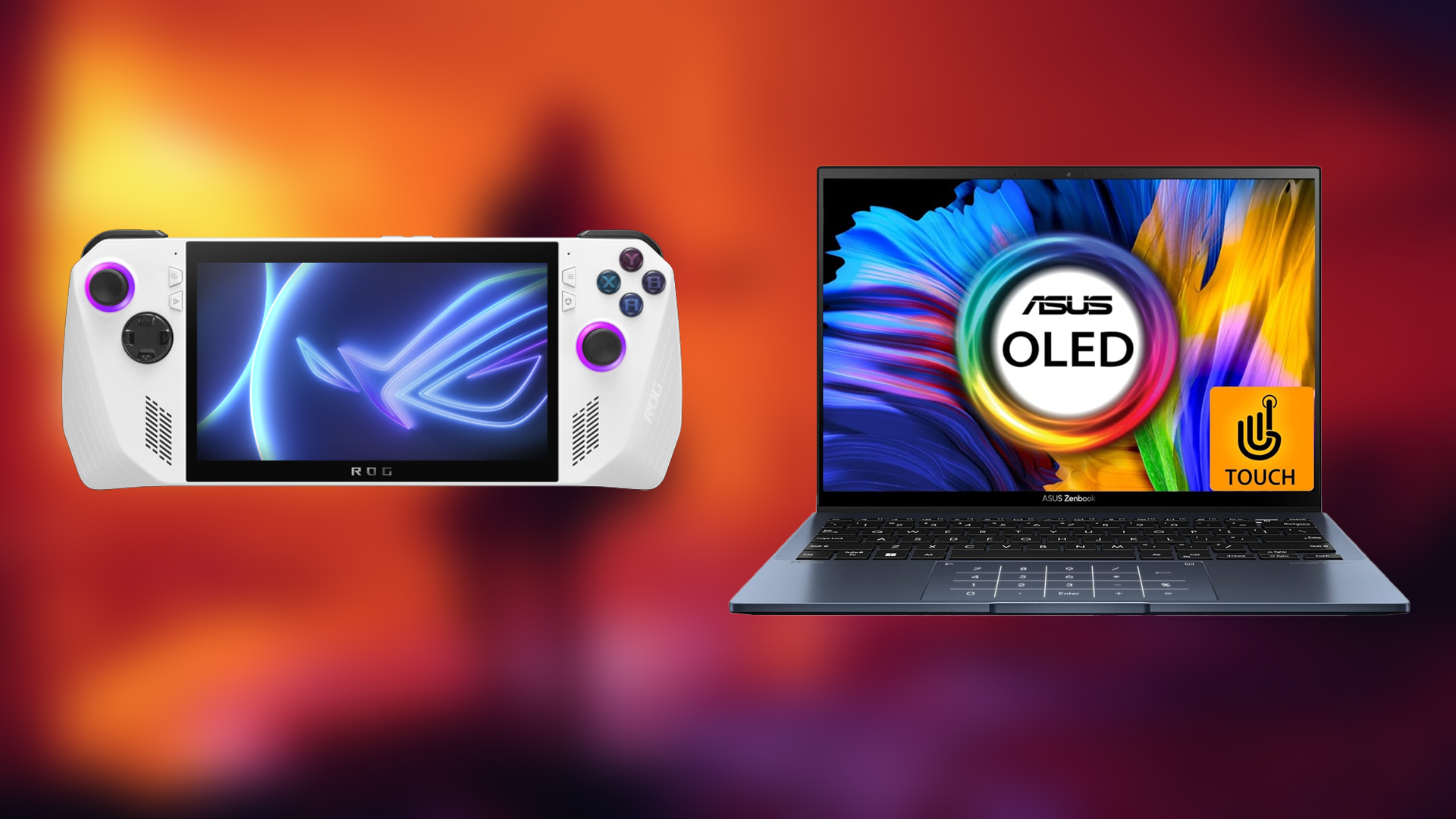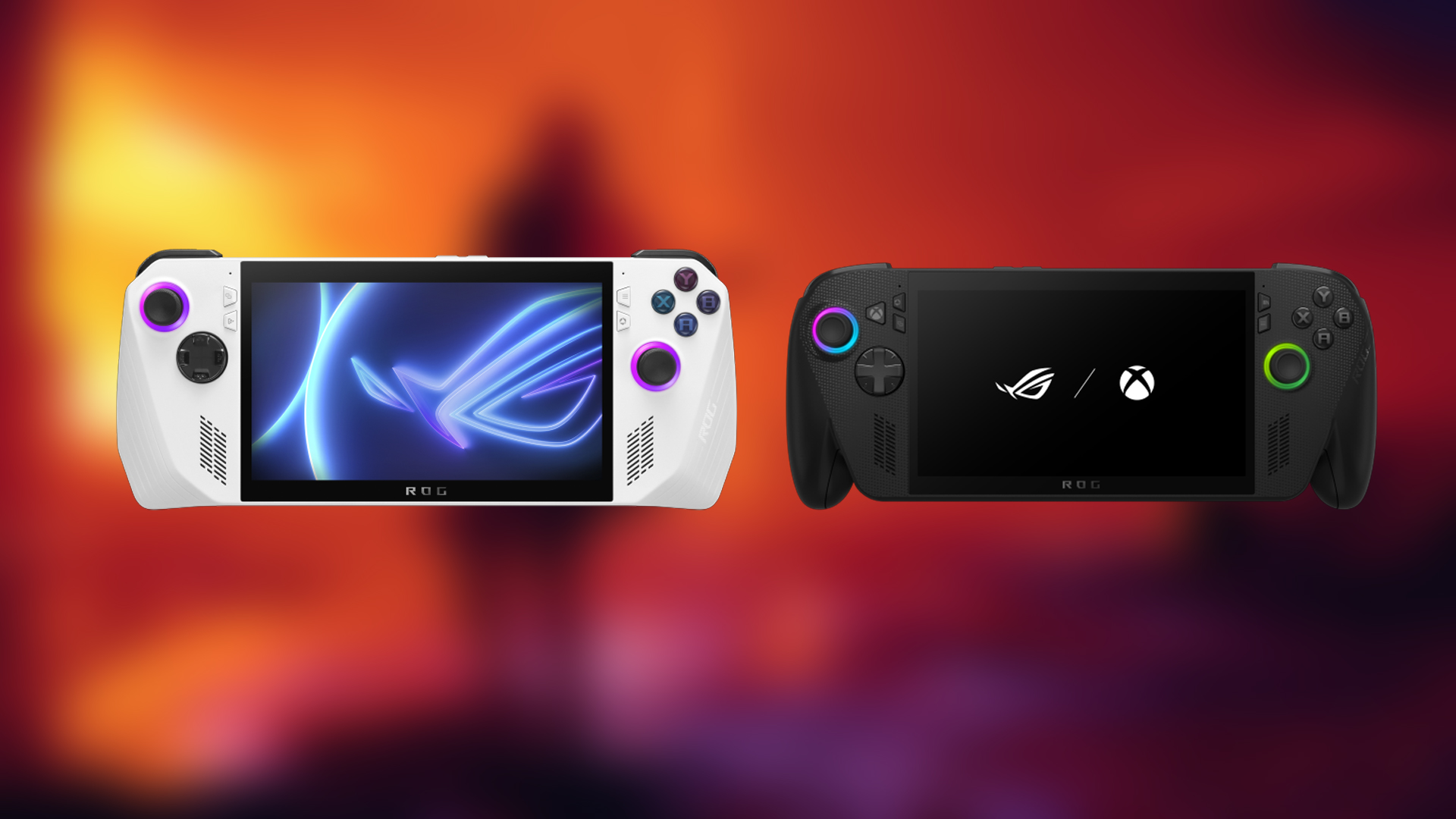The five best mid-range smartphones that have all the bells and whistles you need, and you can buy them without breaking the bank.
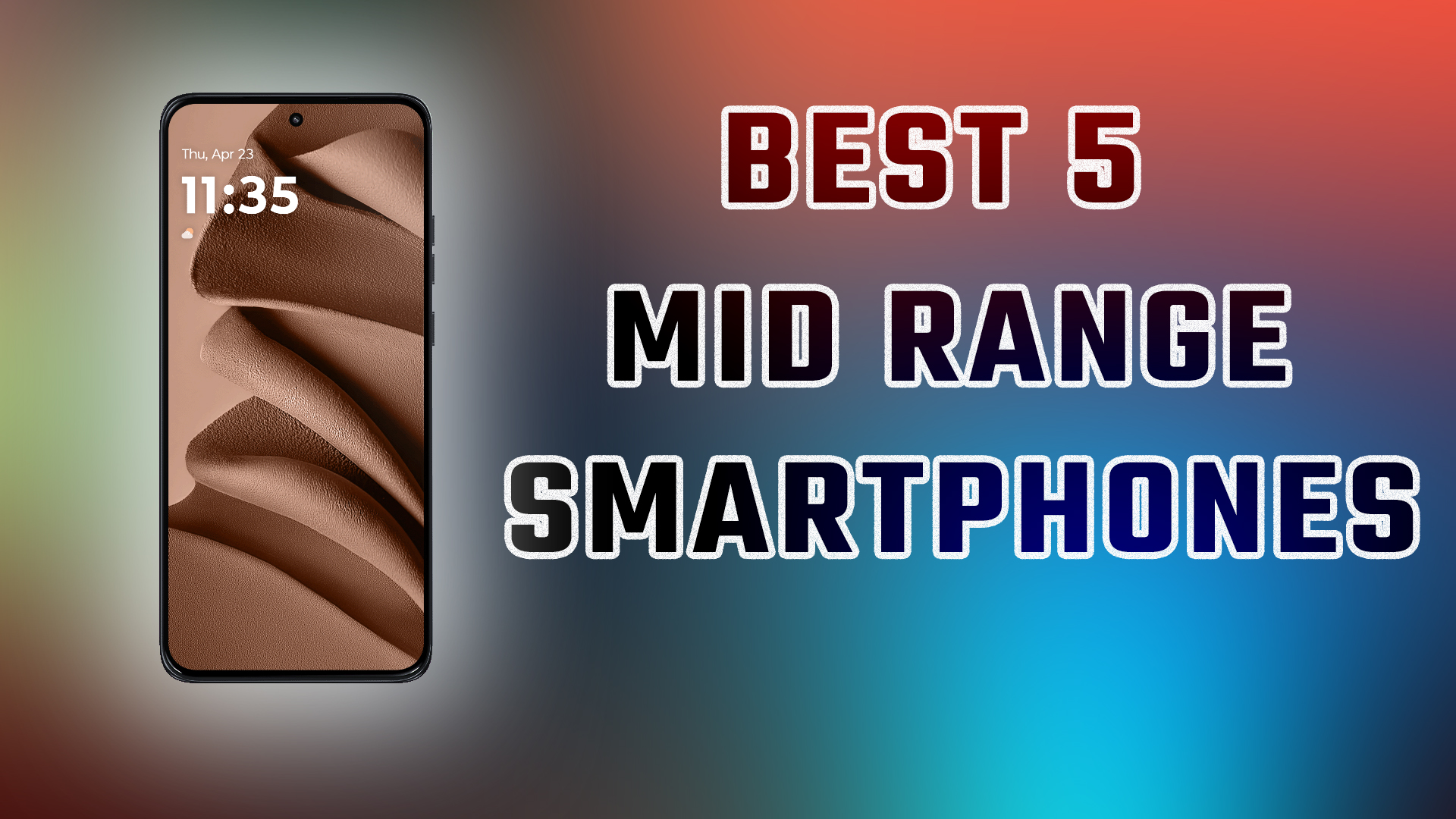
Mid-range smartphones are the bread and butter for tech enthusiasts. Users within this segment often go for raw performance at a reasonable price tag. In 2025, the competition among the big brands is intense. Everyone is looking forward to a better design, stronger performance, flagship-like camera capabilities, wireless charging, and whatnot. So, whether you’re upgrading your device or are simply interested in Android, the mid-range segment appears to be a strong starting point. This list highlights the five mid-range smartphones that stand out in terms of specs.
Note – The smartphones listed here pretty much hover around the $600-$650 territory, which is generally considered mid-range. However, we omitted mentioning pricing due to geographic location, taxes, and currency exchange rates. When making a purchase, your nearest local retail store or any of your trusted online stores is the way to go.
1. Poco F7 Ultra
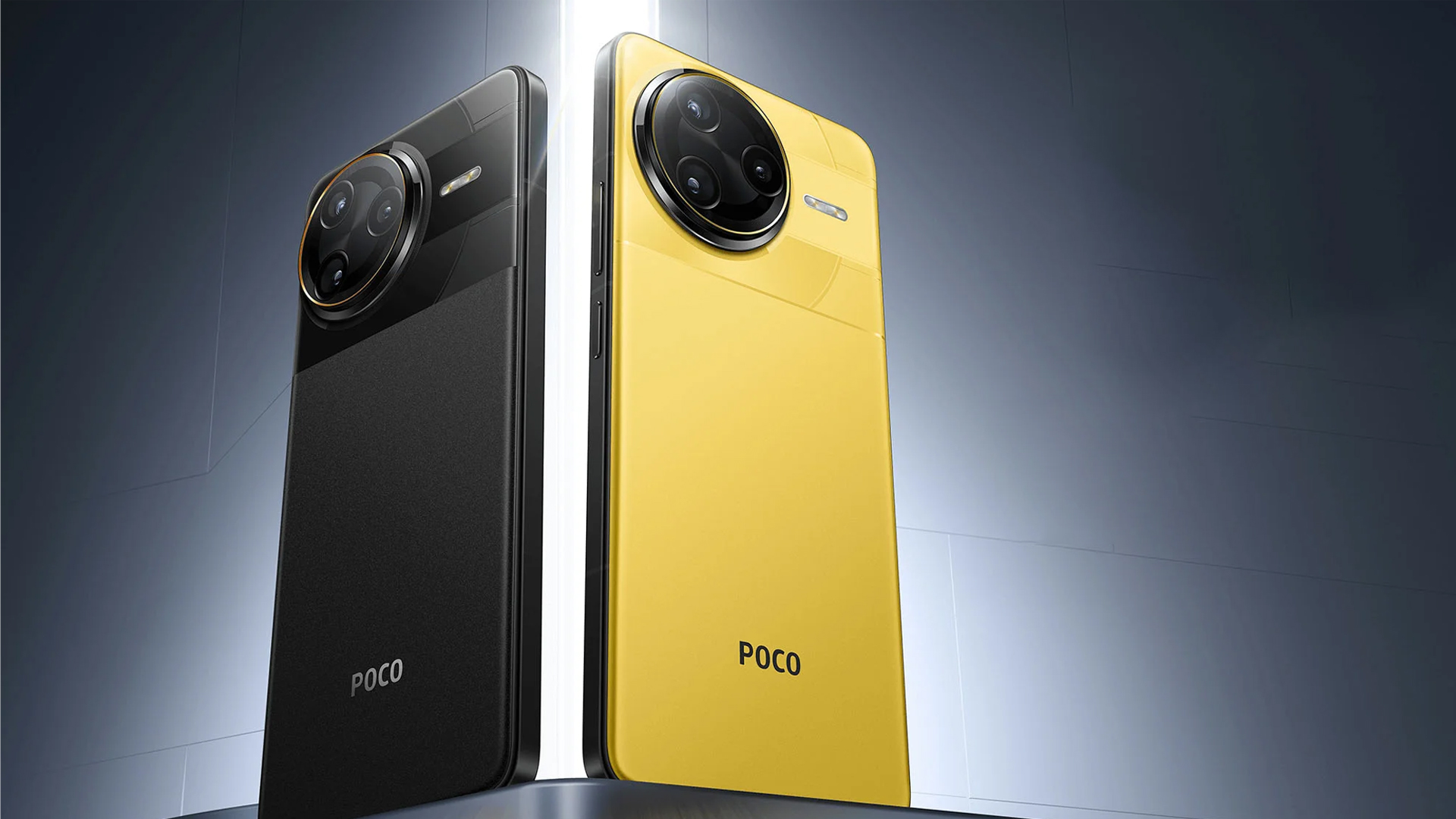
The F7 Ultra brings in a flagship SoC, the Snapdragon 8 Elite, to the masses. It offers ample storage and memory even in its base variant, 12GB RAM, and 256GB of ROM (UFS 4.1). It features the Hyper OS2 operating system, which provides the Game Turbo Mode, resulting in a smooth experience. The camera also has OIS within it to process low-light images better. The phone also supports wireless charging and features an IP68 rating.
Specifications
| Category | Details |
|---|---|
| RAM/Storage | 12GB/256GB, 16GB/512GB (LPDDR5X, UFS 4.1) varaints |
| Display | 6.67 inch AMOLED, 1440×3200, 120Hz, 3200 nits |
| Processor | Snapdragon 8 Elite |
| GPU | Adreno 830 |
| OS | Android 15 (HyperOS 2) |
| Battery | 5300mAh |
| Camera | 50MP (OIS), 50MP telephoto (2.5x zoom), 32MP ultrawide |
| Charging | 120W wired, 50W wireless |
| Special Features | IP68, ultrasonic fingerprint reader |
2. Google Pixel 9a
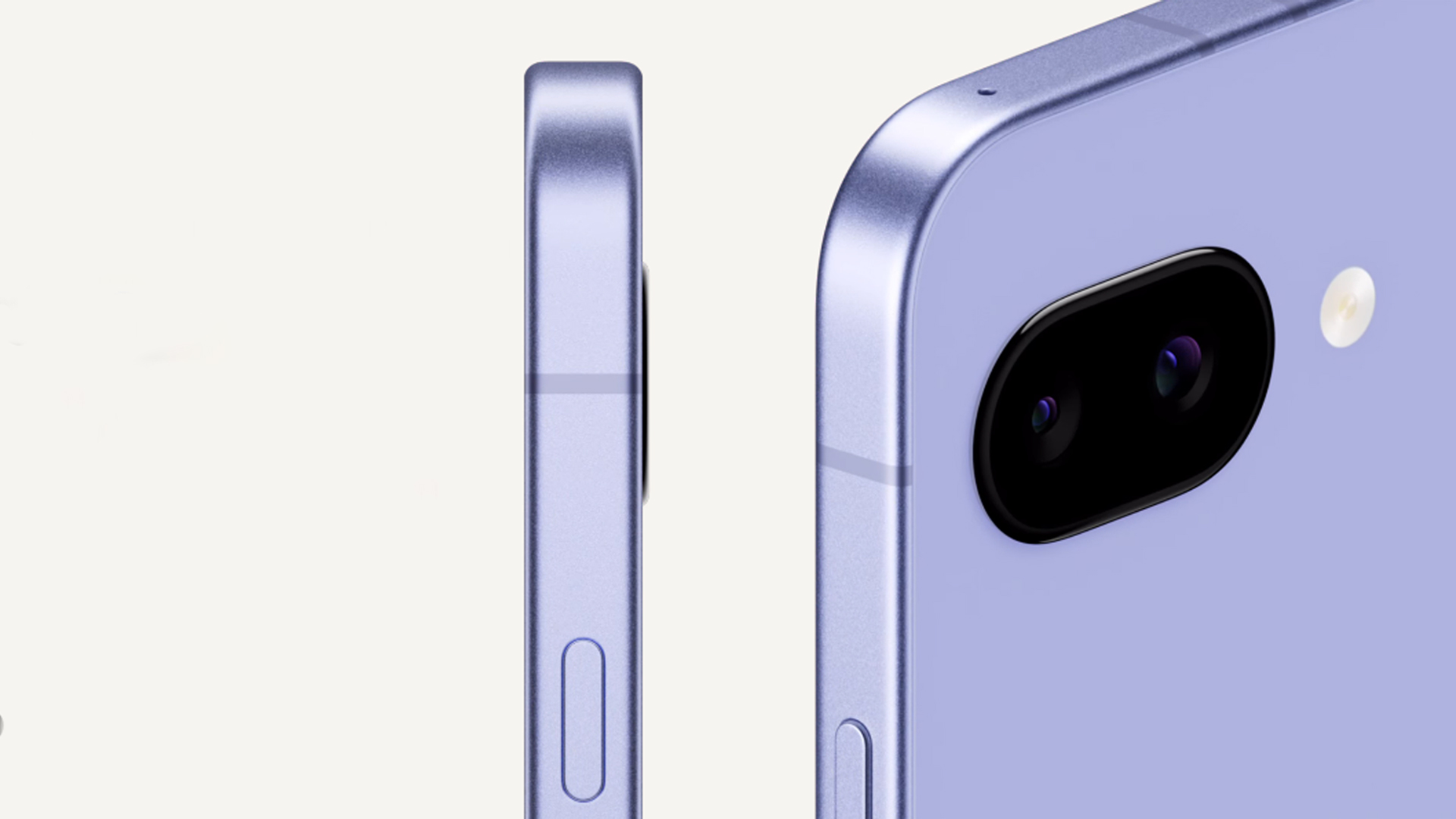
The Pixel 9a is designed for users on a budget who wish to enjoy the up-to-date Pixel experience. The variants on offer are the 8GB RAM and 128GB ROM, as well as the 8GB RAM and 256GB ROM. UFS 3.1 comes as a standard. The chip Google uses over here is the Tensor G4, which can also be found in the flagship Pixel 9 Pro.
Specifications
| Category | Details |
|---|---|
| RAM and Storage | 8GB/128GB, 8GB/256GB (LPDDR5X, UFS 3.1) varaints |
| Display | 6.3 inch P-OLED, 2424×1080, 120Hz |
| Processor | Tensor G4 |
| GPU | Mali-G715 MP7 |
| OS | Android 15 |
| Battery | 5100mAh |
| Camera | 48MP (OIS), 13MP ultrawide |
| Charging | 23W wired, Qi wireless |
| Special Features | IP68, Gorilla Glass |
3. Samsung Galaxy A56
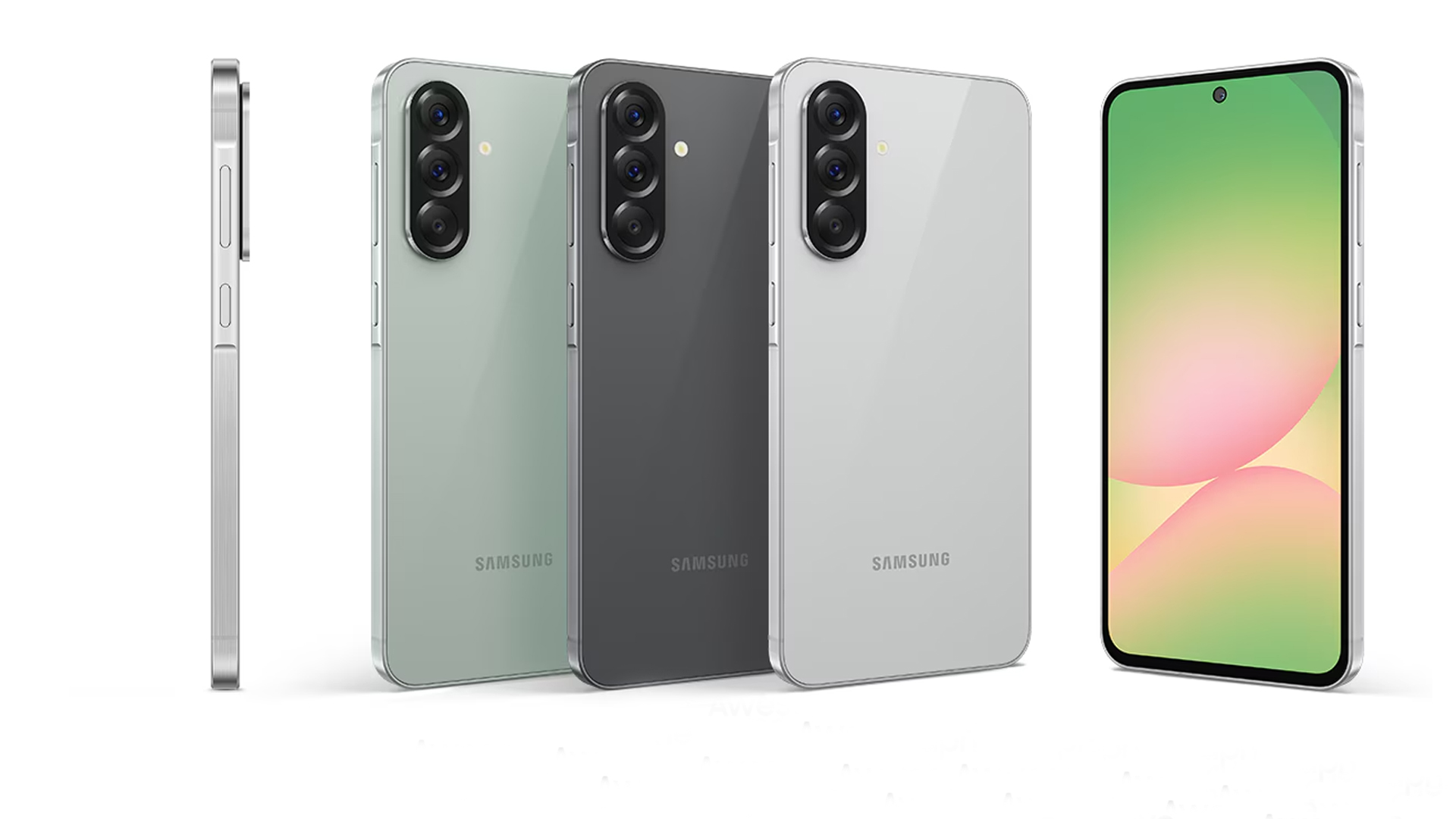
The A Series from Samsung is known to offer the company’s flagship software experience in the mid-range segment. The Exynos 1580 is a powerful chipset for this segment, and gamers can expect good gaming performance from the phone. Storage-wise, Samsung is generously offering UFS 3.1 in both the base 8GB RAM and 128GB ROM variant as well as the 12GB RAM and 256GB ROM variant. Additionally, the A56 gets the whole One UI 7 experience along with the full version of Knox Security.
Specifications
| Category | Details |
|---|---|
| RAM and Storage | 8GB/128GB and 12GB/256GB (UFS 3.1) varaints |
| Display | 6.7 inch Super AMOLED, Full HD+, HDR10+, 1900 nits |
| Processor | Exynos 1580 |
| GPU | Xclipse 540 (RDNA 3) |
| OS | Android 15 (One UI 7) |
| Battery | 5000mAh |
| Camera | 50MP, 12MP ultrawide, 5MP macro |
| Charging | Up to 45W wired |
| Special Features | Gorilla Glass Victus+, IP67 |
4. Nothing Phone (3a)
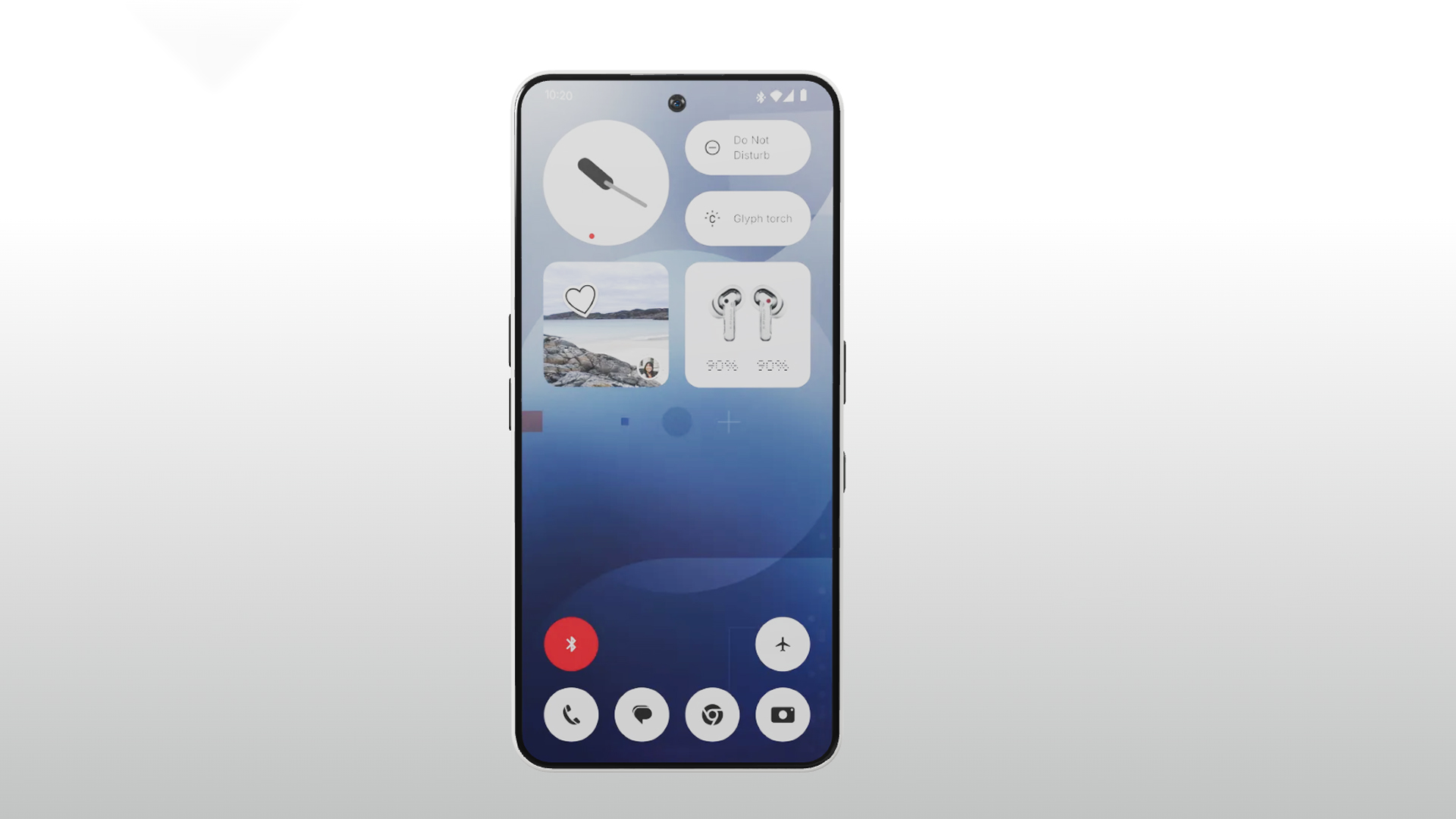
The Nothing Phone 3a is also a great contender in this segment. While it might not have top-tier specs like the Poco, its design and aesthetics are what set it apart. Additionally, Nothing OS 3.1 also offers a bloatware-free experience to users, which is one of the company’s key selling points.
Specifications
| Category | Details |
|---|---|
| RAM and Storage | 8GB/128GB and 12GB/256GB varaints |
| Display | 6.77″ AMOLED, Full HD+, HDR10+, 3000 nits |
| Processor | Snapdragon 7s Gen 3 |
| GPU | Adreno 710 |
| OS | Android 15 / Nothing OS 3.1 |
| Battery | 5000mAh |
| Camera | 50MP (OIS) + 50MP telephoto (2x zoom) + 8MP ultrawide (120°) |
| Charging | 50W wired |
| Special Features | Glyph Interface with LED strips |
5. Motorola Edge 50 Neo (2025)
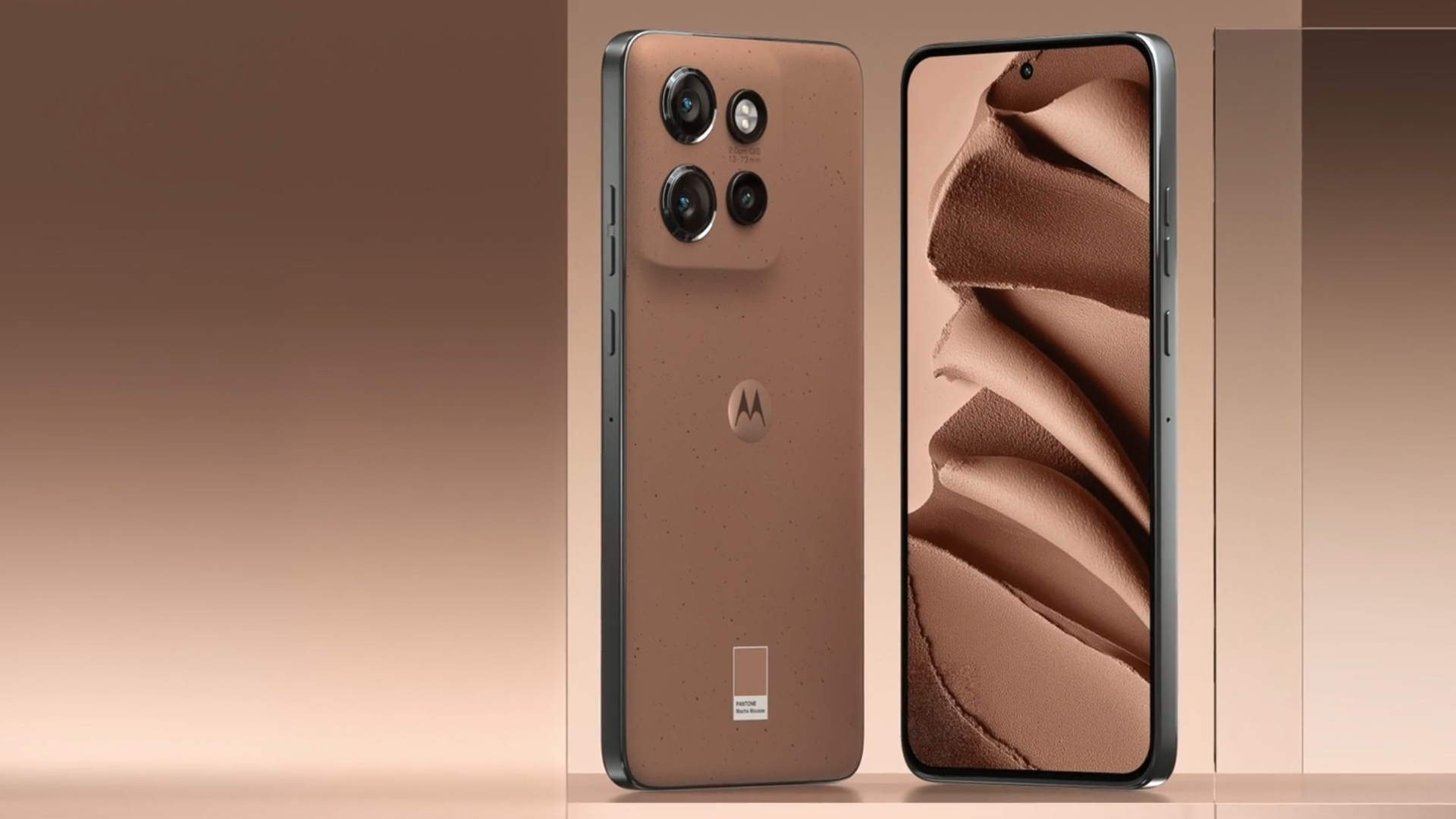
The Edge 50 Neo from Motorola is one of those few phones that can be classified as a one-handed device. With just a 6.4-inch screen size, it reminds me of the days when phones were fun to use. The specs of the device aren’t worth writing home about, but the LTPO screen (Low-Temperature Polycrystalline Oxide) basically means that the phone isn’t going to heat up a lot. The Dimensity 7300 chipset used here falls under the budget category but is quite capable of handling daily tasks with ease.
Specifications
| Category | Details |
|---|---|
| RAM and Storage | 8GB/128GB, 8GB/256GB and 12GB/256GB (UFS 2.2) varaints |
| Display | 6.4″ LTPO P-OLED, 1220×2712, 120Hz, HDR10+, 3000 nits |
| Processor | MediaTek Dimensity 7300 |
| GPU | Mali-G610 MC2 |
| OS | Android 14 |
| Battery | 4310mAh |
| Camera | 50MP (OIS) + 10MP telephoto (3x zoom, OIS) + 13MP ultrawide (120°) |
| Charging | 68W wired, 15W wireless |
| Special Features | IP68, stereo speakers |
Key Takeaways
Every phone listed in this article is highly capable of day-to-day tasks and casual gaming. However, here is our final recommendation regarding specific scenarios.
- Flagship Gaming Experience – If you are looking for a device that gives the best gaming performance in the mid-range segment, the POCO F7 Ultra is our pick.
- Stock Android Experience – If you’re concerned about vendors unnecessarily putting in software, the Nothing 3a is ideal as the Nothing OS delivers a clean Android experience.
- Pixel Experience – If you want to get into the Google ecosystem, the Pixel 9a is the ideal choice.
- One-Handed Experience – If all the devices mentioned here are out of your budget or too big for your hands, the Motorola Edge 50 Neo is the one you should consider. The Dimensity 7300 is comparable to the Exynos 1580 (found on the Samsung Galaxy A56).
Looking For More Related to Tech?
We provide the latest news and “How To’s” for Tech content. Meanwhile, you can check out the following articles related to PC GPUs, CPU and GPU comparisons, mobile phones, and more:
- 5 Best Air Coolers for CPUs in 2025
- ASUS TUF Gaming F16 Release Date, Specifications, Price, and More
- iPhone 16e vs iPhone SE (3rd Gen): Which One To Buy in 2025?
- Powerbeats Pro 2 vs AirPods Pro 2: Which One To Get in 2025
- RTX 5070 Ti vs. RTX 4070 Super: Specs, Price and More Compared
- Windows 11: How To Disable Lock Screen Widgets
 Reddit
Reddit
 Email
Email

